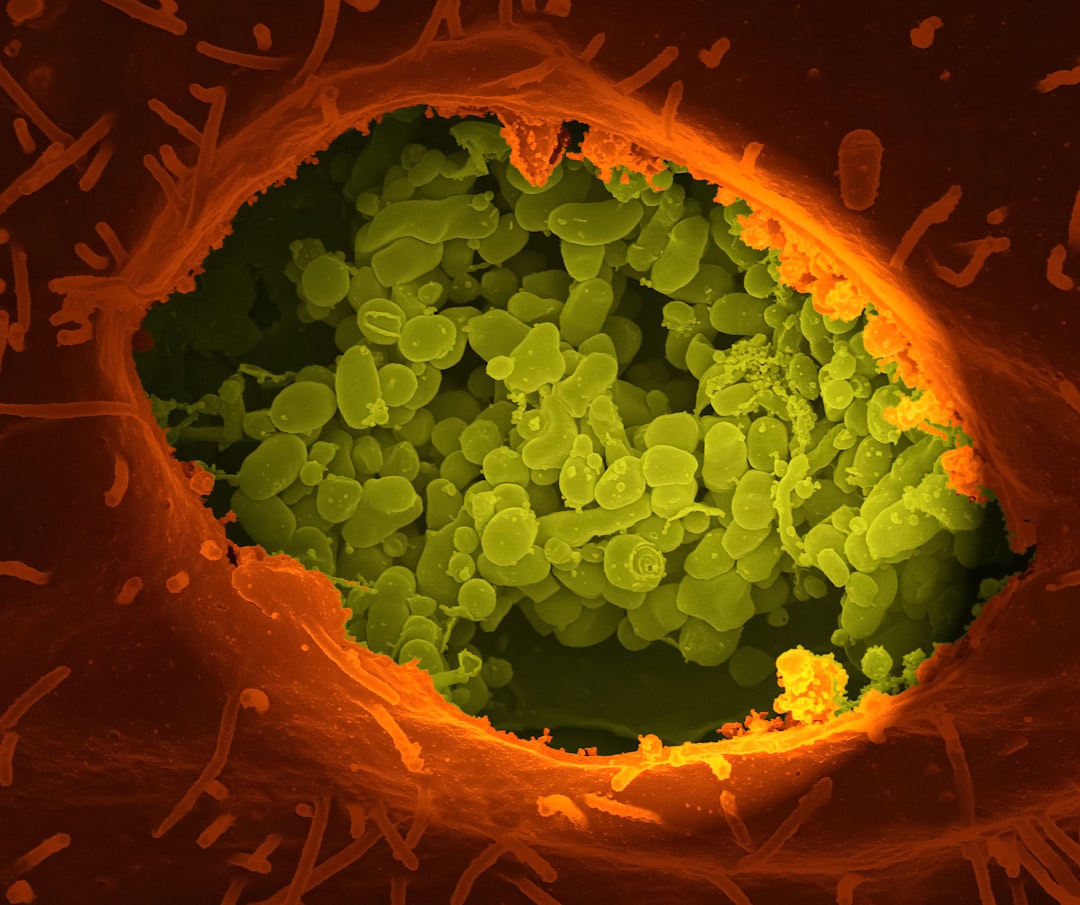What is it about?
In this communication, we report a ‘Ca. Phytoplasma pini’ 6,298 bp genomic DNA fragment that contains a partial DNA-dependent RNA polymerase Rpo’ gene (rpoC), a ribosomal protein Rps12 gene (rpsL), a ribosomal protein Rps7 gene (rpsG), an elongation factor EF-G gene (fusA), a translation elongation factor EF-TU gene (tuf), and a gene encoding a hypothetical protein (a DAK2 domain fusion protein YloV). For routine application in disease surveys by foresters and quarantine organizations, we propose a new approach to detect ‘Ca. Phytoplasma pini’ based on 16S rRNA gene and tuf gene amplification in direct PCRs.
Featured Image

Photo by IvanH on Unsplash
Why is it important?
Advantageously, the PCR protocols that we developed in the current study offer both increased sensitivity and selectivity as we used ‘Ca. Phytoplasma pini’-unique sequences in primer design for both 16S rDNA- and tuf gene-based assays. Our new ‘Ca. Phytoplasma pini’ detection protocols effectively eliminate the need to perform nested-PCR nor post-PCR RFLP analysis. Since the new assays significantly reduce the time and operational cost of ‘Ca. Phytoplasma pini’ detection, they are especially desirable in large-scale surveillance studies, helping researchers, foresters and pine tree growers detect and identify ‘Ca. Phytoplasma pini’ and related strains more easily and rapidly.
Perspectives
The supplemental use of such a single copy gene, which is more variable in nucleotide sequence than the 16S rRNA gene, provides a means for differentiating genotypes present among ‘Ca. Phytoplasma pini’ strains. Together the use of both 16S rRNA gene and tuf gene analysis should aid searches for the as-yet-unknown insect-vector(s) responsible for spread of ‘Ca. Phytoplasma pini’ strains that are damaging pine forests in Europe.
Dr. Deividas Valiunas
Nature Research Centre, Akademijos Str. 2, LT-08412 Vilnius, Lithuania
Read the Original
This page is a summary of: Rapid detection and identification of ‘Candidatus
Phytoplasma pini’-related strains based on genomic markers present in 16S rRNA and tuf
genes, Forest Pathology, September 2019, Wiley,
DOI: 10.1111/efp.12553.
You can read the full text:
Contributors
The following have contributed to this page










